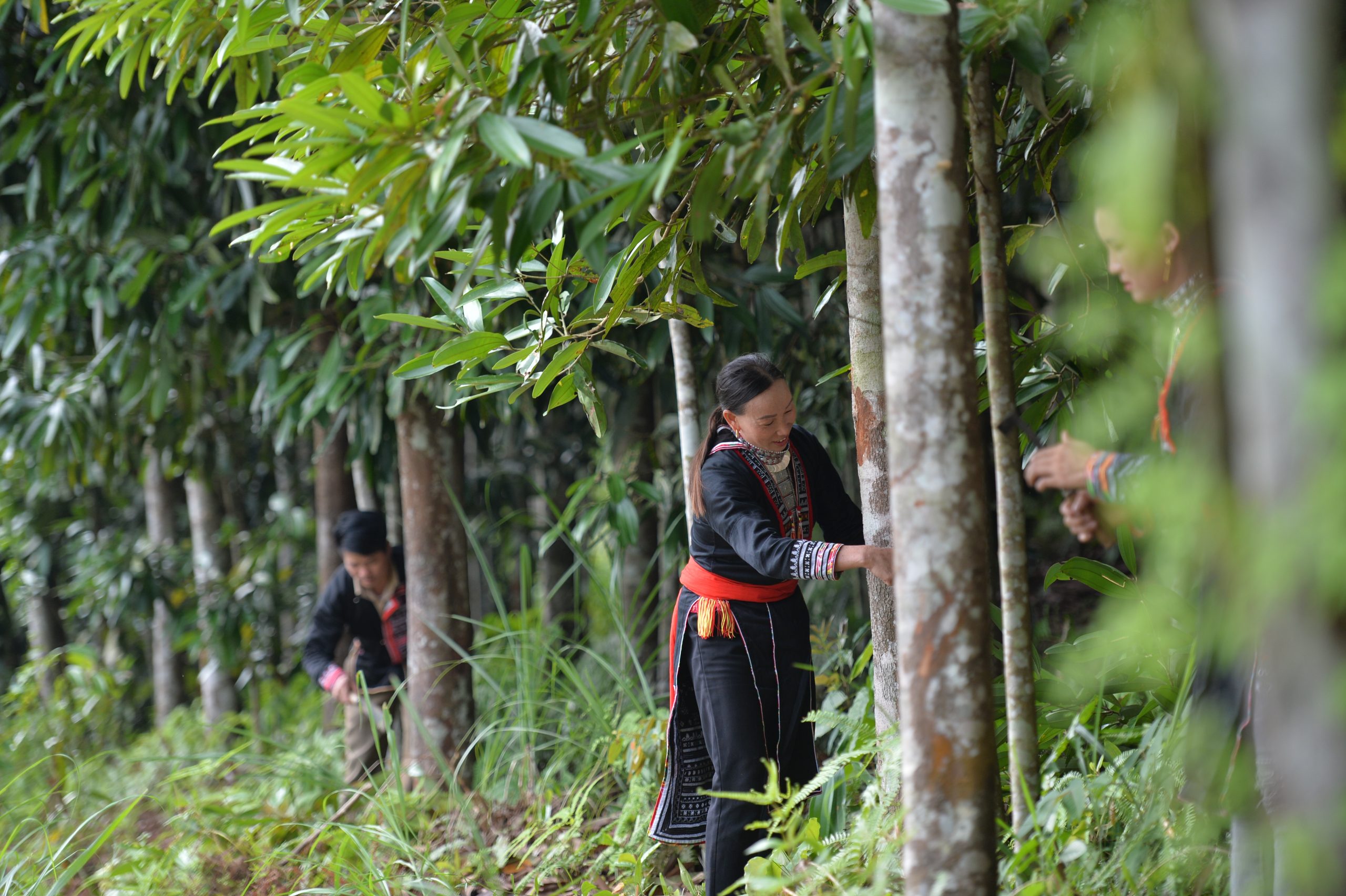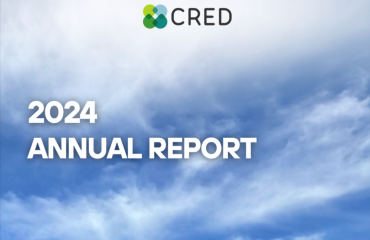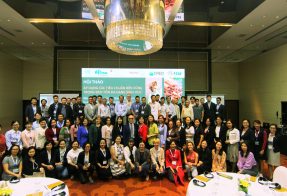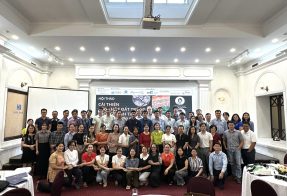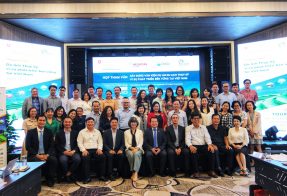Vietnam’s total cinnamon production is growing and will continue to expand. Cinnamon exports increased from $63 million in 2016 to $127 million in 2019. The cinnamon growing area in Vietnam has increased from 60,000 hectares in 2016 to 110,000 hectares in 2021. In the future, Vietnam’s total cinnamon production is estimated to exceed 40,000 tons [18]. The total demand from the Middle East, India, and Turkey will not likely be able to absorb the total output of cinnamon exploited in Vietnam, therefore Vietnam’s cinnamon industry will have an opportunity to further expand to high-end markets, including the U.S. and EU (SNV, 2021).
However, in recent years, the governments of some developed countries have reduced the MRLs of heavy metals in spices. This can lead to cost increase and the risk of losing the market for some spice exporters, in general, and cinnamon exporters in particular.
Some export shipments of Vietnamese cinnamon have been rejected from entry by regulatory authorities into the US and EU markets due to heavy metal residues. This affects not only the company’s business operations, but also the cinnamon branding of Vietnam, and the market share of cinnamon exports in the future, with an impact value of up to nearly USD 50 million (based on the nominal value in 2019) (SNV, 2021).
Therefore, it is essential to conduct a research to identify the causes of heavy metal residues in cinnamon products and to propose solutions. The research is potential to contribute to protecting consumers, and is essential to stabilize the global cinnamon market and ensure the sustainable development of Vietnam’s cinnamon industry.




